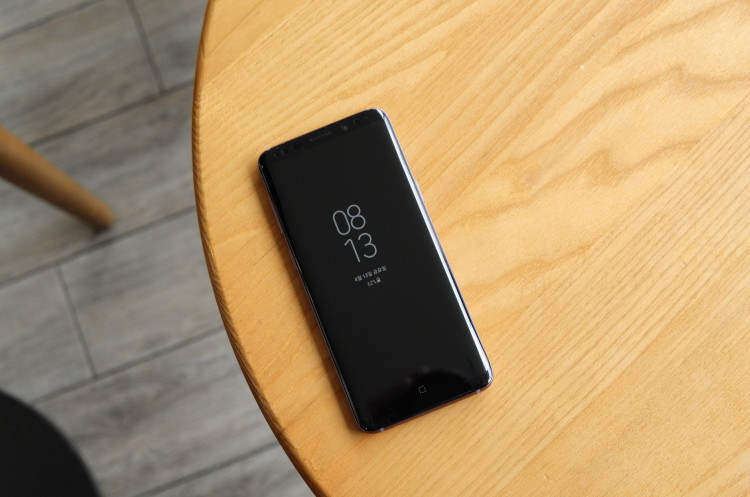The new trends of Smartphones are purely innovative in nature. One of these is the placement of multiple cameras in a single handset. Many smartphone makers like Oppo, Vivo, Xiaomi, Huawei have already jumped into this trend to bring up the best in their latest and upcoming handsets.
Samsung is also not willing to keep itself out of this race. The company just launched a new range of micrometre image sensors, which according to the company's claims, will be used for placing multiple snappers in sleeker handsets.
According to ZDNet, Samsung's newest 0.8-micrometer image sensors namely, the 48-megapixel (Mp) Isocell Bright GM1 and 32Mp Isocell Bright GD1, will allow sleek and slim handsets and flagships to support more than three cameras. The concept of micrometer sensors was developed by Samsung for the first time back in 2015. Since then the company has evolved the technology of its snapper lens to a great extent. Samsung developed the 0.9-micrometer lens for its handsets' camera setup back in 2017. The 0.8-micrometer lens is just another level of advancement to this existing lens.
As per a report by SamMobile, ISOCELL is the latest addition to the sensor family of Samsung. The technology is used to optimize the smaller-dimension pixels. The Tetracell technology is utilized to merge four pixels into a single one. This is used to have improved light sensitivity at low-lighting areas as well. Both of the GM1 and the GD1 sensors come with Isocell Plus technology which Samsung says optimizes performance for smaller pixels and Tetracell technology, where four pixels work as one to increase light sensitivity. GD1 also comes with HDR.
Potential sources have also suggested that the sensors will be used in quad camera handsets in near future. Samsung stated: "the sensors will be mass produced in the fourth quarter of the year." According to a group of Smartphone analysts and specialists, Samsung may also use this technology to its long-anticipated upcoming handset: Galaxy S10, by the next year.
Both the sensors are also likely to ship to its Chinese OEM clients, for their next-gen smartphones. Although, Samsung has not declared whether it will keep this technology exclusive to itself only or, whether it will share the sensors to its fellow mobile makers as well. It should be noted in this context that Samsung has already launched its first quad camera handset: the Ag, earlier this month. It is expected to bring more such wonders soon.




